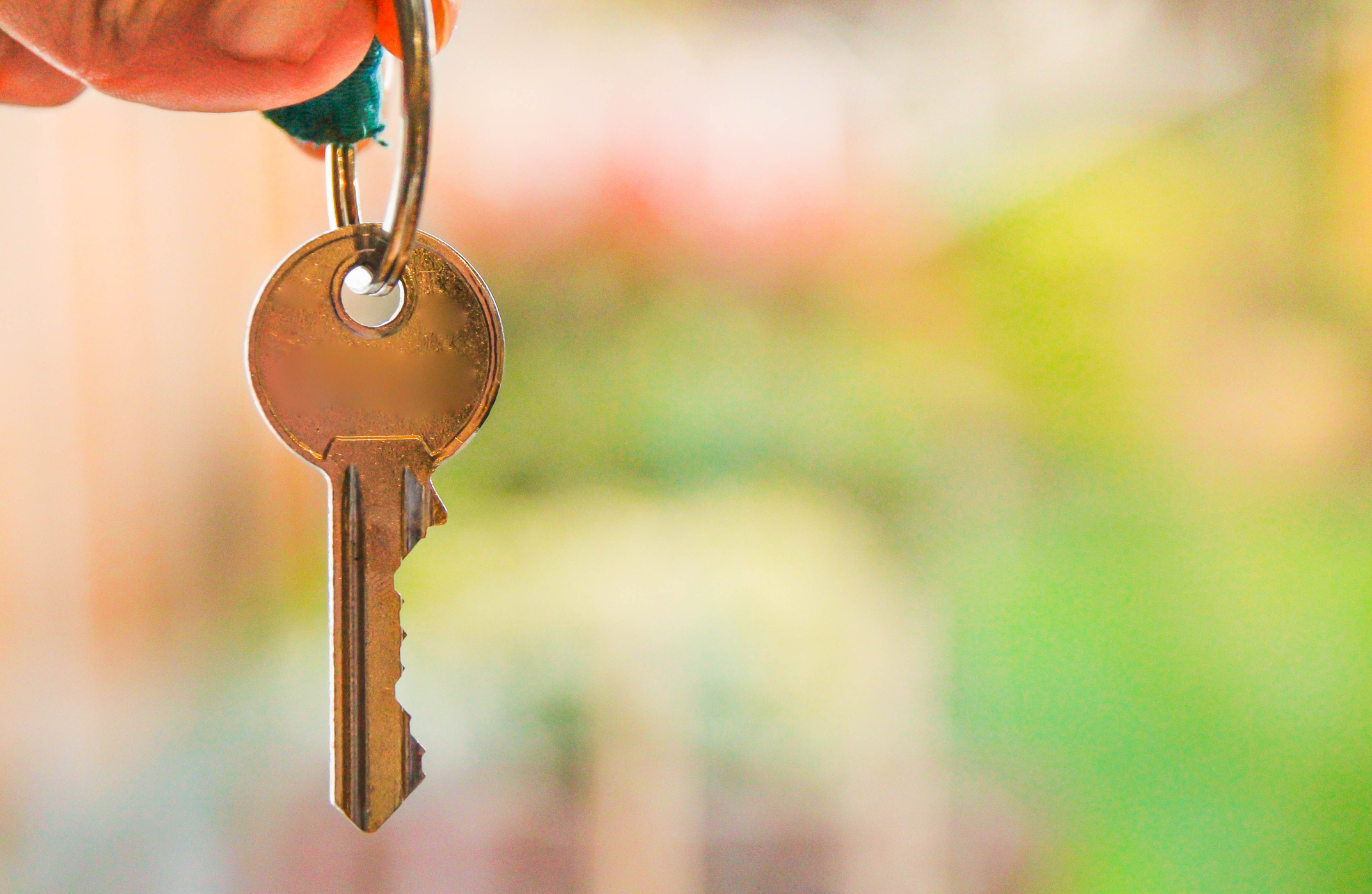One Good Way to Withdraw Retirement Assets (and a Bad One)
Don't withdraw retirement assets haphazardly. Managing distributions intentionally can lower your taxes, conserve your wealth and reduce Medicare premiums.


Do you have money saved for retirement? If you’re like most Americans preparing for retirement, you will answer “yes.” However, you may not know what types of accounts those savings are held in or their tax implications upon retirement.
You may also not have considered the best order in which to withdraw assets from different accounts in retirement — what financial planners call the “sequence of distributions.”
Leveraging an intentional and appropriate sequence of distribution is key to minimizing your taxes and preserving your assets in retirement. In this article, I’ll introduce you to the different types of assets you may have in your retirement accounts and give you some pointers on how to align your withdrawals with your income needs, your overall financial and legacy goals — all while preserving those assets and minimizing your taxes.

Sign up for Kiplinger’s Free E-Newsletters
Profit and prosper with the best of expert advice on investing, taxes, retirement, personal finance and more - straight to your e-mail.
Profit and prosper with the best of expert advice - straight to your e-mail.
Sources of retirement income and their tax treatment
There are a number of sources of retirement income you may be able to draw on in retirement. Understanding what these are — and how they are treated by the tax code from an income perspective — is crucial when deciding on a sequence of distributions.
- Traditional tax-deferred retirement accounts. These include traditional IRAs, 401(k)s and 403(b)s. Because you get a tax deduction when you contribute to these accounts, taxes are due when you withdraw money in retirement. Your savings continue to grow on a tax-deferred basis until withdrawal. Upon withdrawal, they’ll be taxed at your ordinary income tax rate.
- Roth retirement accounts. These include Roth IRAs, Roth 401(k)s and Roth 403(b)s. Because you do not get a tax deduction when you contribute, you can withdraw money in retirement tax-free.
- Taxable accounts. These include brokerage, financial services, bank and credit union accounts that you can use for investment. These are accounts that aren’t available for any special tax treatment from the IRS. Taxes are due on any interest, dividends and capital gains you receive from these accounts.
- Health savings accounts (HSAs). This is the only triple-tax-deferred account you can potentially use for retirement savings and income withdrawals. You receive a tax deduction when you contribute to an HSA, your savings grow on a tax-deferred basis, and withdrawals are tax-free in retirement as long as they are used to pay health care expenses.
Why the sequence of distribution matters
When you and your spouse (if you have one) have multiple retirement accounts, drawing from them in the wrong order has the potential to increase your tax bill and decrease the size of your nest egg.
In general, withdrawals from taxable savings, Roth retirement accounts and HSAs (if used for medical expenses such as Medicare premiums) will have a more positive impact on your tax situation because withdrawals from those accounts aren’t taxable. Withdrawals from tax-deferred retirement accounts, including withdrawing money for the purpose of Roth conversions, generally are more likely to increase your tax bill because those withdrawals are taxed at ordinary income rates.
Case study: Monica's retirement strategy
Here’s a hypothetical case study that illustrates the importance of an appropriate and intentional sequence of distributions in retirement.
Monica, who is single, recently retired at age 66. She was covering her current expenses by taking withdrawals from her traditional IRAs. At the same time, she was converting as much money as she could to a Roth. These moves had the potential to bump her up to the 24% tax bracket, which would have not only increased her federal taxes but also imposed a higher rate on those tax payments.
What Monica hadn’t considered was that she was getting hit with extremely high monthly Medicare premiums, which are tied to income. The more Monica withdrew from her traditional IRA and the more she converted to her Roth IRA, the higher her income went — increasing her Medicare premiums:
| Year | Age | MAGI | Medicare Premium Threshold | Total Medicare Premium |
| 2024 | 66 | $213,767 | $103,000 | $6,512 |
| 2025 | 67 | $269,308 | $105,575 | $6,838 |
| 2026 | 68 | $292,481 | $108,214 | $8,836 |
| 2027 | 69 | $272,733 | $110,920 | $9,278 |
| 2028 | 70 | $280,970 | $113,693 | $9,742 |
| 2029 | 71 | $287,359 | $116,535 | $10,229 |
| 2030 | 72 | $293,901 | $119,448 | $10,741 |
| 2031 | 73 | $300,601 | $122,435 | $11,278 |
Monica's adjusted strategy
Monica adjusted her withdrawals to first withdraw money for her income needs from her taxable account ($300,000) and Roth IRA ($500,000) before tapping into her traditional IRA. This adjustment reduced her Medicare premiums:
| Year | Age | MAGI | Medicare Premium Threshold | Total Medicare Premium |
| 2024 | 66 | $103,000 | $103,000 | $6,512 |
| 2025 | 67 | $105,575 | $105,575 | $6,838 |
| 2026 | 68 | $108,214 | $108,214 | $2,770 |
| 2027 | 69 | $110,920 | $110,920 | $2,909 |
| 2028 | 70 | $113,693 | $113,693 | $3,054 |
| 2029 | 71 | $116,535 | $116,535 | $3,207 |
| 2030 | 72 | $119,448 | $119,448 | $3,367 |
| 2031 | 73 | $187,134 | $122,435 | $3,536 |
Note: Medicare premiums are based on the income reported two years prior. So Monica’s 2024 and 2025 premiums are based on her income in 2022 and 2023, respectively.
Monica’s premiums will go up once she reaches age 73, which is when she will have to take required minimum distributions (RMDs). But until then, she will benefit from lower Medicare premiums. This case study takes into account the fact that Monica was not focused on providing a tax-free legacy — anyone in that situation may want to organize their distributions differently.*
A final word
Every retiree's financial situation is unique, so it's important to tailor your withdrawal strategy to fit your specific needs and goals. By understanding the tax implications of each account type and planning your withdrawals thoughtfully, you can minimize taxes and help preserve your nest egg. A well-informed approach to your retirement income can make a significant difference in your overall financial health and legacy.
* The scenario shown herein is for illustrative purposes only and based on hypothetical assumptions; the use of alternate assumptions could produce significantly different results.
Amy Buttell contributed to this article.
This article was written and presents the views of our contributing advisor, not the Kiplinger editorial staff. You can check adviser records with the SEC or with FINRA.
Licensed Insurance Professional. This information has been provided by an Investment Adviser Representative. The statements and opinions expressed are those of the author and are subject to change at any time. Provided content is for overview and informational purposes only and is not intended and should not be relied upon as individualized tax, legal, fiduciary, or investment advice. All information is believed to be from reliable sources; however, presenting insurance professional makes no representation as to its completeness or accuracy.
Related Content
Get Kiplinger Today newsletter — free
Profit and prosper with the best of Kiplinger's advice on investing, taxes, retirement, personal finance and much more. Delivered daily. Enter your email in the box and click Sign Me Up.

Justin Haywood is dedicated to guiding clients through the complexities of financial planning. His expertise spans investments, tax planning, retirement planning and estate planning, allowing him to craft personalized solutions tailored to each client's unique needs. Justin holds a degree in Philosophy from the University of North Carolina at Chapel Hill and is a CFP® professional. He lives in Houston, Texas, with his wife and three children.
-
 Get Netflix, Hulu and Apple TV Plus for Free by Joining T-Mobile
Get Netflix, Hulu and Apple TV Plus for Free by Joining T-MobileT-Mobile customers save up to $35/month on streaming services thanks to this Netflix, Hulu and Apple TV Plus bundle. Here’s how to get it.
By Rachael Green
-
 Missed Tax Day? You Could Still Be Eligible for These Valuable Tax Refunds
Missed Tax Day? You Could Still Be Eligible for These Valuable Tax RefundsTax Refunds As many as one million taxpayers could be missing out on a significant tax refund.
By Gabriella Cruz-Martínez
-
 Reminder: The Basics of Using HSA Funds
Reminder: The Basics of Using HSA FundsHealth savings accounts (HSAs)can help you cover out-of-pocket medical costs. Just make sure you understand the rules and keep records of qualifying expenses.
By Ella Vincent
-
 When Should You Hand Over the Keys — to Your Investments?
When Should You Hand Over the Keys — to Your Investments?The secret to retirement planning? "The best time to hand over the keys is before you’ve realized you need to hand over the keys."
By Maurie Backman
-
 A Checklist for High-Net-Worth Individuals: How to Protect and Grow Your Wealth
A Checklist for High-Net-Worth Individuals: How to Protect and Grow Your WealthA strategic guide to managing, preserving, and expanding your wealth for long-term financial security.
By Dori Zinn
-
 Earn a 50% Discount to The Cultivist With Capital One Venture X
Earn a 50% Discount to The Cultivist With Capital One Venture XTour some of the world's top art museums for less when you use your Capital One Venture X card to score a 50% discount to The Cultivist.
By Sean Jackson
-
 Going to College? How to Navigate the Financial Planning
Going to College? How to Navigate the Financial PlanningCollege decisions this year seem even more complex than usual, including determining whether a school is a 'financial fit.' Here's how to find your way.
By Chris Ebeling
-
 Financial Steps After a Loved One's Alzheimer's Diagnosis
Financial Steps After a Loved One's Alzheimer's DiagnosisIt's important to move fast on legal safeguards, estate planning and more while your loved one still has the capacity to make decisions.
By Thomas C. West, CLU®, ChFC®, AIF®
-
 How Soon Can You Walk Away After Selling Your Business?
How Soon Can You Walk Away After Selling Your Business?You may earn more money from the sale of your business if you stay to help with the transition to new management. The question is, do you need to?
By Evan T. Beach, CFP®, AWMA®
-
 Two Don'ts and Four Dos During Trump's Trade War
Two Don'ts and Four Dos During Trump's Trade WarThe financial rules have changed now that tariffs have disrupted the markets and created economic uncertainty. What can you do? (And what shouldn't you do?)
By Maggie Kulyk, CRPC®, CSRIC™